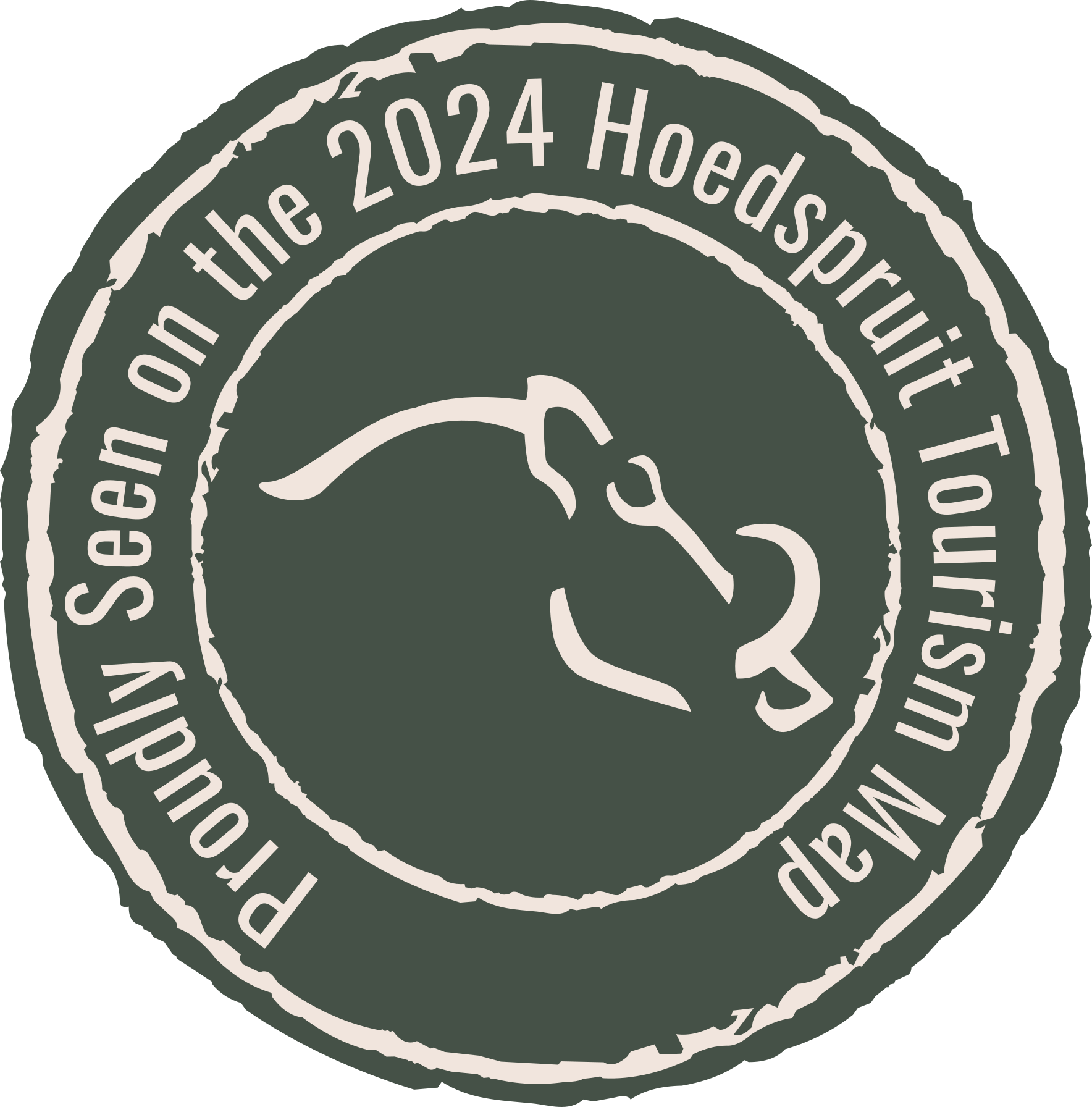Crafting an Unforgettable Travel Website
As travelers embark on their digital voyage in search of inspiration, guidance, and adventure, the role of a travel website becomes paramount. A well-crafted travel website has the ability to captivate and enthrall visitors, inviting them to explore the vast wonders of the world from the comfort of their screens. But what truly sets apart a good travel website from the sea of mediocrity? Join me on this exhilarating journey as we delve into the secrets of crafting a remarkable online travel experience.
Breaking the Shackles of Visual Aesthetics
Picture this: a travel website that instantly transports you to the sun-kissed beaches of Bali, the vibrant streets of Tokyo, or the majestic landscapes of the Serengeti. A visually appealing design is the gateway to evoking wanderlust and inspiring travelers to dream. Through stunning imagery, carefully curated color palettes, and captivating visual elements, a travel website can ignite the spark of adventure in the hearts of its visitors.
Navigating the Digital Wilderness: User-Friendly Interface and Seamless Experience
In the vast realm of the internet, a user-friendly interface is the compass that guides travelers through the digital wilderness. Intuitive navigation, clear menus, and well-organized content create a seamless browsing experience, allowing visitors to effortlessly discover the treasures hidden within the website. A good travel website should make it easy for travelers to find the information they seek, be it destination guides, travel tips, or booking options.
Content, the Heart and Soul: Crafting Compelling Narratives and Practical Information
A travel website is not merely a collection of pixels and code; it is a storytelling platform that transports readers to distant lands. Compelling narratives intertwined with practical information form the cornerstone of an exceptional travel website. Engaging destination guides, insider tips, and personal anecdotes from experienced globetrotters breathe life into the digital pages, fostering a connection between the reader and the destination.
Mobile-Friendly: Traveling the World at Your Fingertips
In this era of mobile dominance, a good travel website must adapt to the ever-evolving habits of modern travelers. The rise of smartphones and tablets as primary travel companions necessitates the optimization of websites for mobile devices. Responsive design, quick load times, and seamless functionality across various screen sizes ensure that travelers can access the website's offerings anytime, anywhere.
Evolving with the Times: Embracing Technological Advancements
As technology continues to shape the travel landscape, a good travel website must stay ahead of the curve. Embracing innovations such as virtual reality, augmented reality, and interactive maps opens up new dimensions of exploration. Integrating these advancements into the website's design and functionality enhances the overall user experience, providing travelers with immersive glimpses into their dream destinations.
A good travel website is a harmonious symphony of captivating design, seamless navigation, compelling content, mobile-friendliness, and technological prowess. It has the power to awaken the dormant traveler within, fueling a burning desire to venture beyond the familiar and embrace the unknown. As the digital realm intertwines with the realm of travel, crafting a remarkable online journey becomes an art form. So, let us embark on this exciting adventure, where the pixels on our screens become gateways to enchanting destinations and the digital experience transcends the boundaries of imagination
Articles







